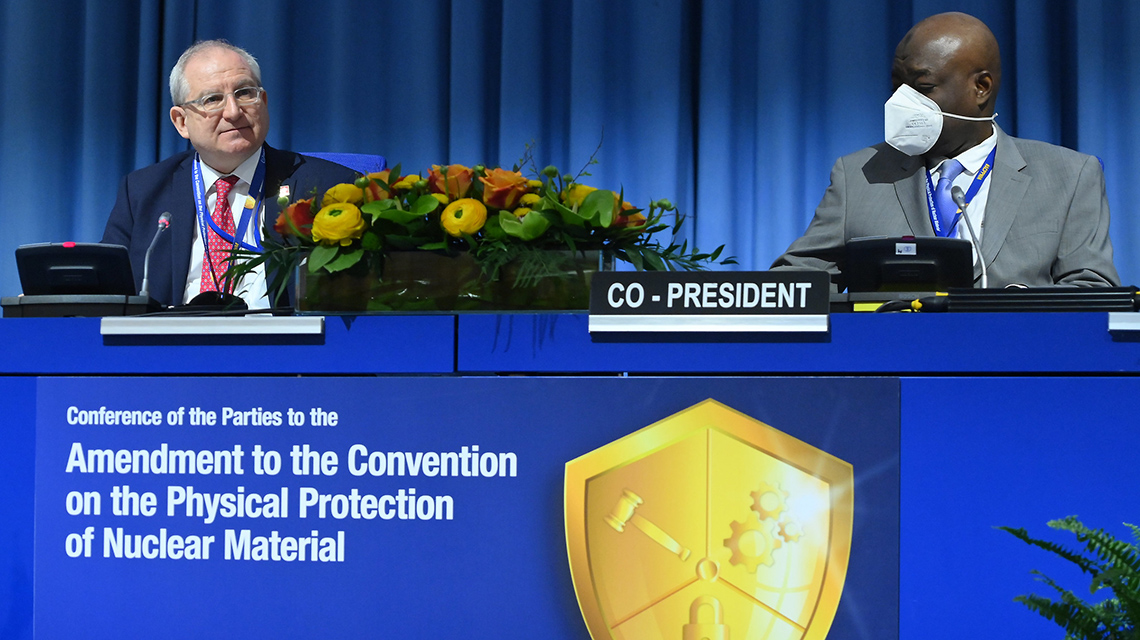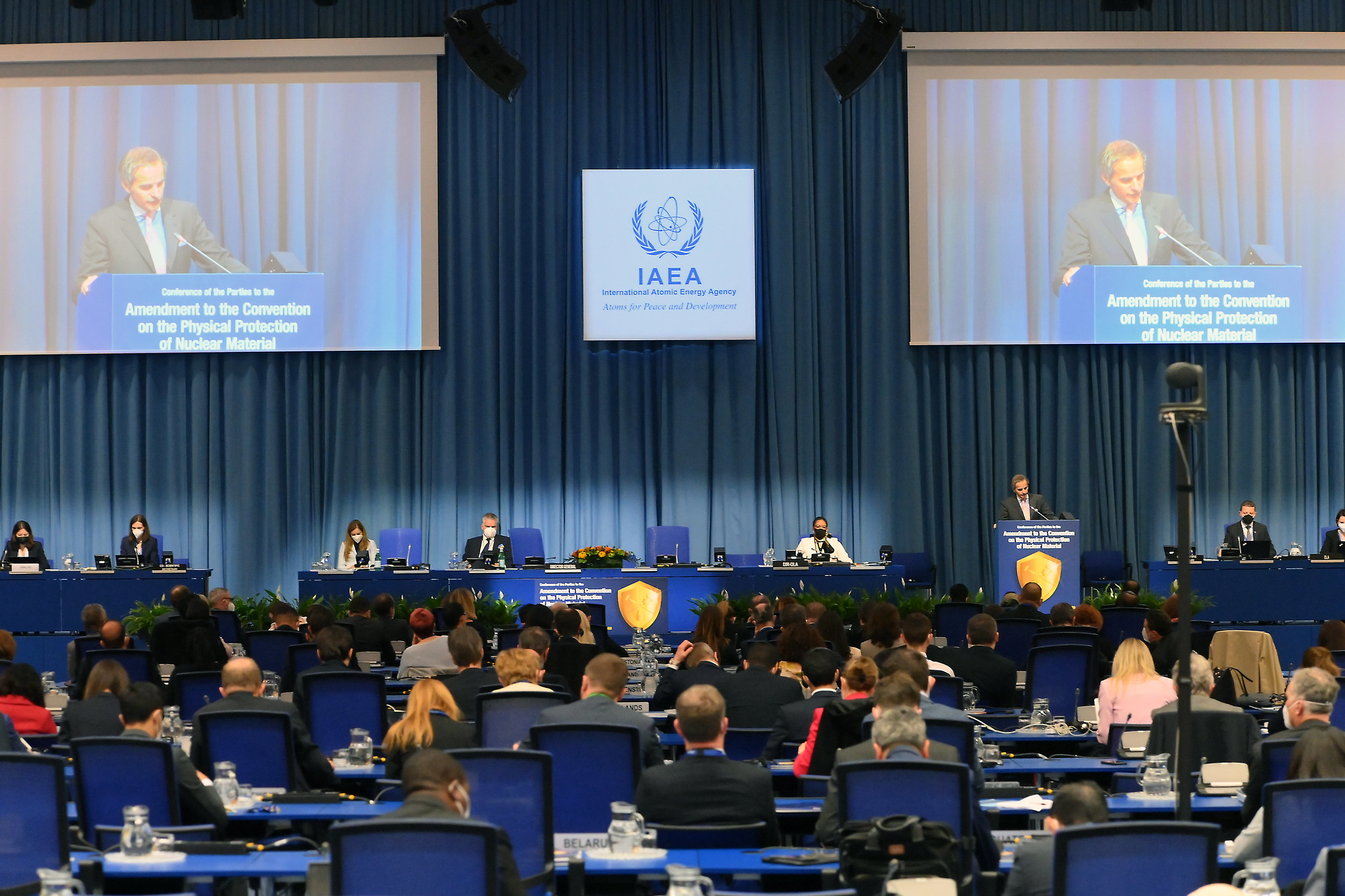The international legal framework for nuclear security has developed and evolved significantly over several decades. Following the terrorist attacks of 11 September 2001 in the United States of America, countries increased their efforts to strengthen the global legal framework in order to enable them to better prevent, detect and respond to terrorist and other criminal or intentional unauthorized acts involving or directed at nuclear and other radioactive material, associated facilities or associated activities.
More and more countries are joining international legal instruments that promote stronger nuclear security around the world, including countries that do not have domestic nuclear facilities or materials such as those used in nuclear power plants or research reactors.
As of April 2024, a total of 136 States have become Parties to the Amendment to the Convention on the Physical Protection of Nuclear Material (A/CPPNM). The Amendment came into force in May 2016 and was developed as part of the aforementioned broader push to strengthen the global legal framework with the aim of preventing nuclear and other forms of terrorism involving weapons of mass destruction.
“The international legal framework is an essential part of global nuclear security,” says Peri Lynne Johnson, Legal Adviser and Director of the IAEA’s Office of Legal Affairs. “It provides a foundation for establishing effective nuclear security regimes, establishes mechanisms for cooperation and assistance in mitigating and minimizing the radiological consequences of a nuclear security incident, and harmonizes approaches to combating a range of criminal acts”.


